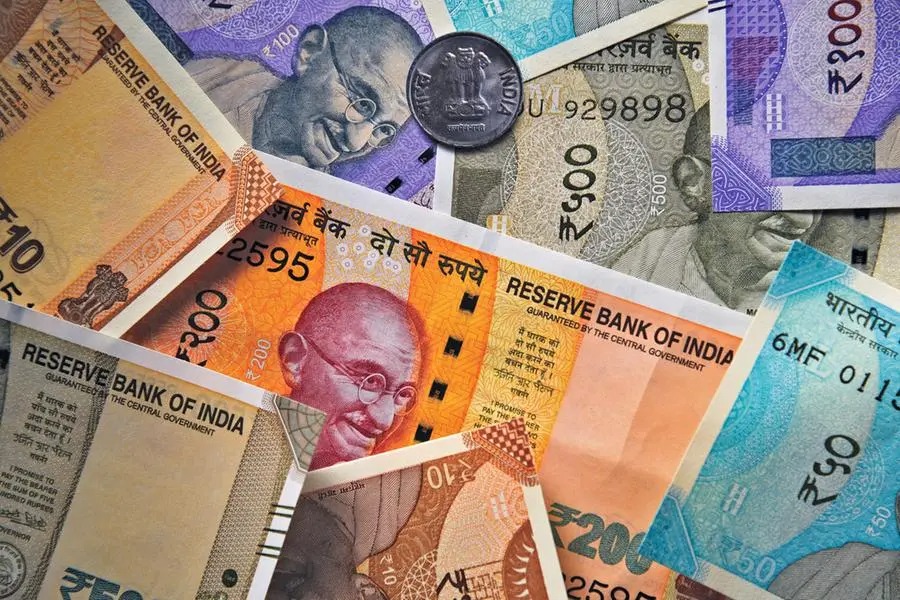
New Delhi: The Indian rupee fell to its all-time low against the US dollar on Monday due to a massive sell-off in the stock markets globally as fears of a US recession mounted. At the time of writing the news, the rupee was trading at 83.85 at 12.18 pm, while it closed at 83.75 on Friday. On Friday, it opened at 83.78, surpassing the previous lifetime low of 83.7525.
Analysts say the fall in the rupee is in line with weakness in the global market, fears of a US recession and geopolitical tensions. Mumbai-based Ajay Kedia of financial services firm Kedia Advisory said that concerns of a US recession have increased foreign capital outflows from India and emerging markets.
Kedia said in a report that the decline is due to concerns of a possible US recession, which has fueled concerns about foreign withdrawals from India and other emerging markets. A sell-off in US and Asian equities following a disappointing US jobs report has further fuelled these concerns, leading to considerable market volatility. The weak US jobs report released on Friday showed that the economy added only 114,000 jobs in July, well below market expectations of an increase of 175,000. In addition, the unemployment rate unexpectedly rose to a high of 4.3 per cent, and wage growth slowed more than anticipated. Kedia said the Reserve Bank of India may allow the USD/INR to rise to 83.90. He sees support at 83.45 and resistance at 83.95 and a break above 83.95 could take it to 84.10/84.20.
Financial market veteran Jamal Mecklai said fears of a US recession, equity market collapse will lead to risk-off sentiment. The equity decline can be quite severe and can last for a long time. So the rupee will naturally take some pressure. In 2022-23, the Indian rupee remained largely in the news cycle, although not for good reasons.
Tightening of monetary policy by various central banks to control inflation, the rise in crude oil prices due to the war in Ukraine and the restructuring in the global energy supply chain thereafter, and the strength in the US dollar index kept the Indian currency under pressure. Since then, the rupee has been out of the news cycle, as it remained largely stable in the months that followed.
Data show that in 2022, the rupee depreciated by more than 11 percent on a cumulative basis. In mid-October it crossed the 83 mark against the US dollar, hitting an all-time low. RBI’s proactive intervention in the foreign exchange market to stabilise the rupee has yielded results.
Normally, the RBI periodically intervenes in the markets through liquidity management, including dollar sales, with the aim of preventing a sharp fall in the rupee. The RBI closely monitors the foreign exchange markets and intervenes only to maintain orderly market conditions by controlling excessive volatility in the exchange rate, without reference to any pre-determined target level or band.
 Lucknow Press
Lucknow Press
